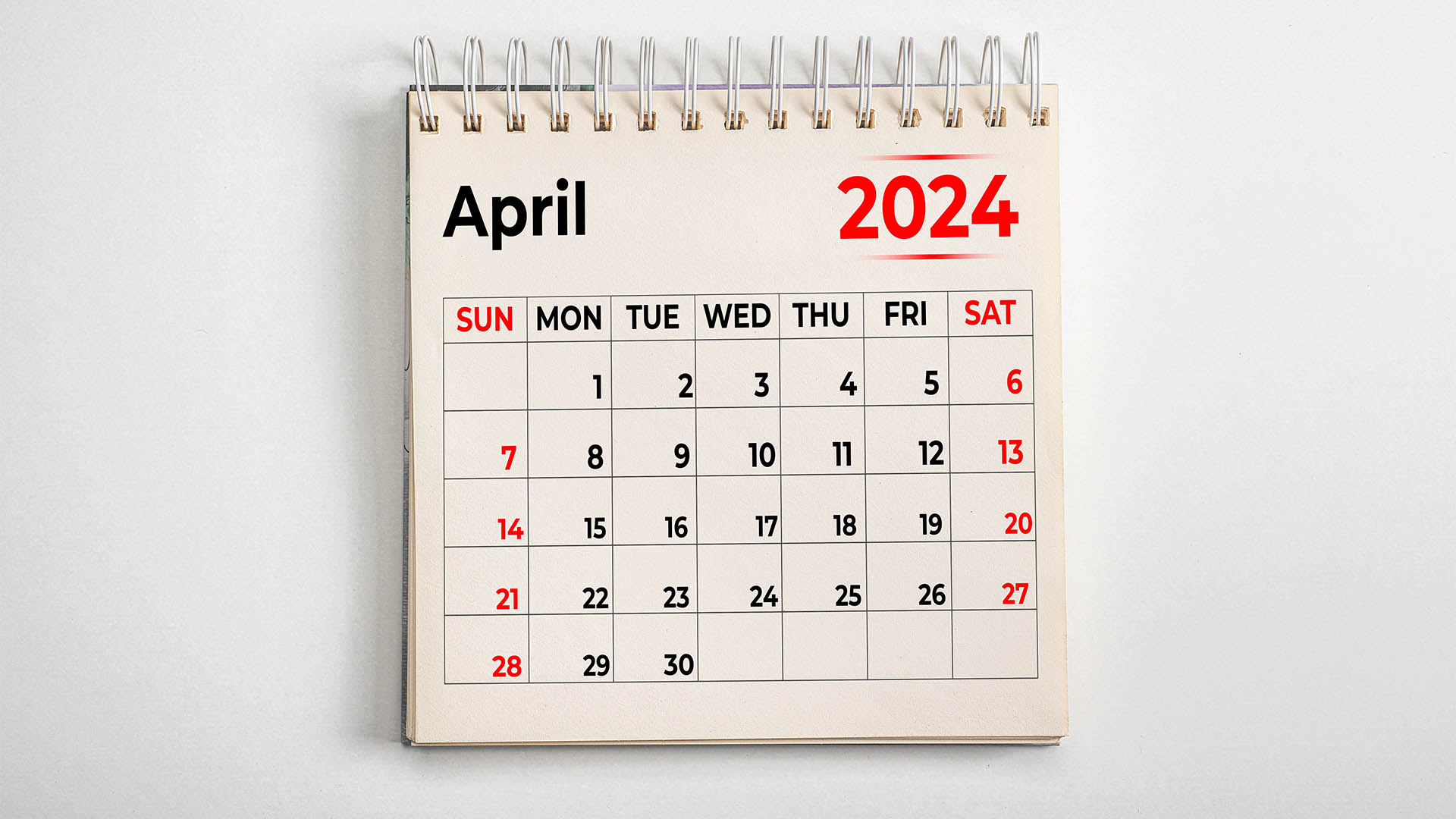A collection of ‘downs’ from the start- and end-of-month housing and construction data this week shows the sector is well and truly in a deep slump.
House prices fell and housing finance for July followed building approvals lower as well as the slowdown continues to deepen.
That in part explains why Australian home prices fell another 1.6% in August to be down by 3.5% from their highs earlier this year, based on CoreLogic data released early Thursday morning.
That was the largest monthly fall since 1983 when the Hawke government was taking power in Canberra.
August saw falls in the house prices declines broaden with seven of the eight capital cities now seeing prices fall in along with regional average property prices.
CoreLogic’s data shows falls across all capital cities, except for Darwin, which recorded a 0.9% rise last month.
The biggest falls were again seen in Sydney, where prices dropped 2.3% last month, while Brisbane (-1.8%), Hobart and Canberra (-1.7% each) had the next largest falls.
Melbourne recorded saw a fall of 1.2% and prices in Perth eased 0.2% and Adelaide saw a 0.1% dip. Darwin saw a small rise, but that is a tiny market and of no significance nationally.
Regional areas have now started fall steeply from very high levels, with CoreLogic recording a 1.5% fall in prices outside the eight capitals.
The AMP’s chief economist, Shane Oliver said in a note on Thursday “rising mortgage rates are the main driver and there is likely more to go. We continue to expect a 15-20% top to bottom fall in home prices out to the second half of next year, followed by a gradual recovery.”
“There are three reasons why this home price downturn will likely be deeper and the recovery slower than in past cycles: higher home price to income levels; higher debt levels; and an end to the long-term decline in interest rates,” he wrote on Thursday.
And the explanation for the weakness was to be found in home loan approvals which slumped by a large 8.5% in July (remember the fall was probably a bit misleading because of still high prices for homes).
Australian Bureau of Statistics (ABS) data showed the value of new loan commitments for housing fell to $28.4 billion in July 2022 (seasonally adjusted) after a fall of 4.4% in June. That left the value of approvals down 11.3% from July, 2021. Seeing prices are still around 11.2% higher than a year earlier, so in effect there’s was no real change.
July’s figure was down more than 14% from the record $33.3 billion of loans in January (boosted by the 22.4% jump in house prices over calendar 2021)
There was certainly a fall in the value of owner-occupied house finance – down 7% in July from June and 15.9% over the year. Owner occupied loans were valued at $19.05 billion in July. The number of loans dropped.
Investor loans fell 11.2% in July for no change over the year as well. Investor loans totalled $9.3 billion.
ABS head of Finance and Wealth Katherine Keenan said in Thursday’s release, “Although lending has fallen from historically high levels recently, the value of loan commitments remained significantly higher than pre-pandemic levels.”
“Owner occupier loans in July 2022 were 40 per cent higher than February 2020, while investor loans were 78 per cent higher.”
“The value of borrower refinancing of owner-occupier housing loan commitments between lenders fell 1.9% in July 2022, to $12.4 billion, following the record high reached in June.
The number of new loan commitments to owner-occupier first home buyers fell 10.7% in July 2022 to 8,388. This is the lowest number since May 2019.
Falls were seen across almost all states and territories, particularly Queensland (down 18.8%), Victoria (down 12.6%) and NSW (down 11.6%).
Earlier this week, building approvals for July fell 17.2% in July thanks to a 43.5% slump in approvals for new apartments and units, while approvals for owner occupied houses was up 0.7% after a 1.6% rise in June.
Total approvals are down 25.9% over the year to July with private houses off more than 17% and non-private dwellings down more than 43%.
Value of construction work done data for the June quarter showed a 4.6% drop in the three months to June to $29.58 billion, led lower by a 6.8% slump in the value of residential work in the quarter to $17.43 billion, much faster than the 1.1% fall in the value of non-residential work done.
Over the year to June, total construction fell 4.4%, total residential work fell 7.6% but the value of non-residential work done edged up 0.6%.













